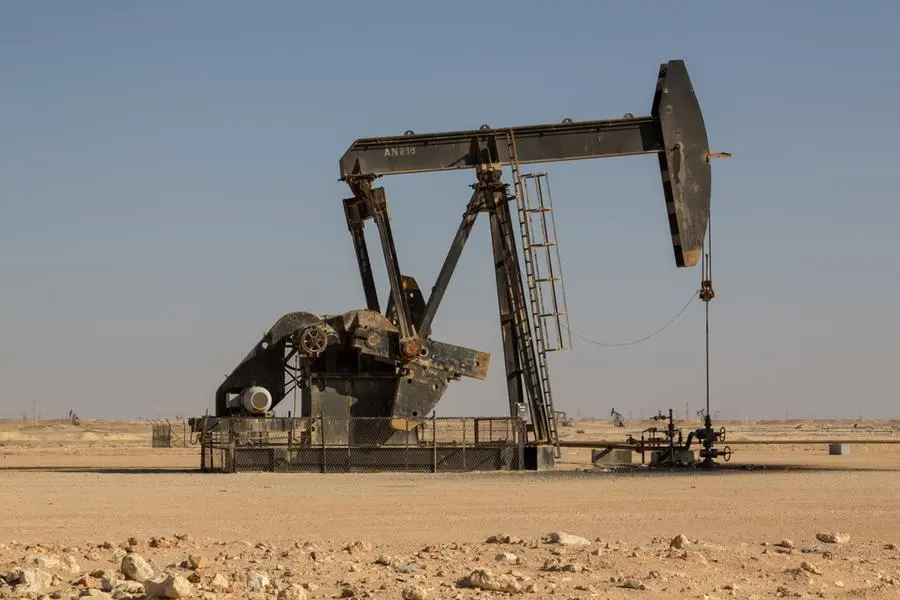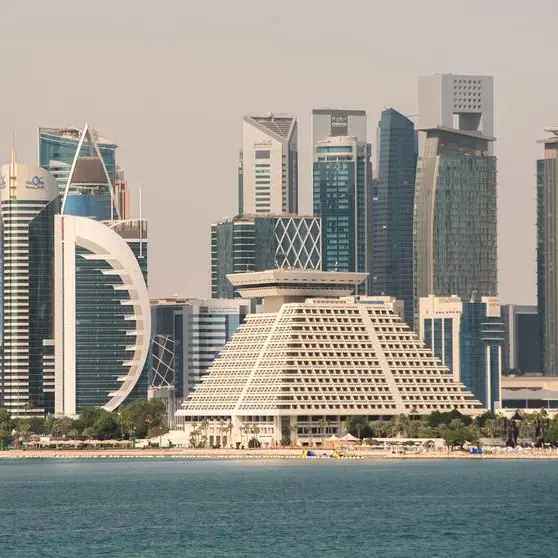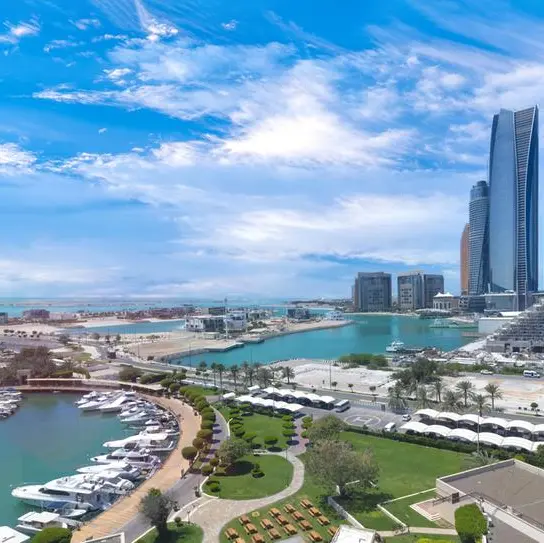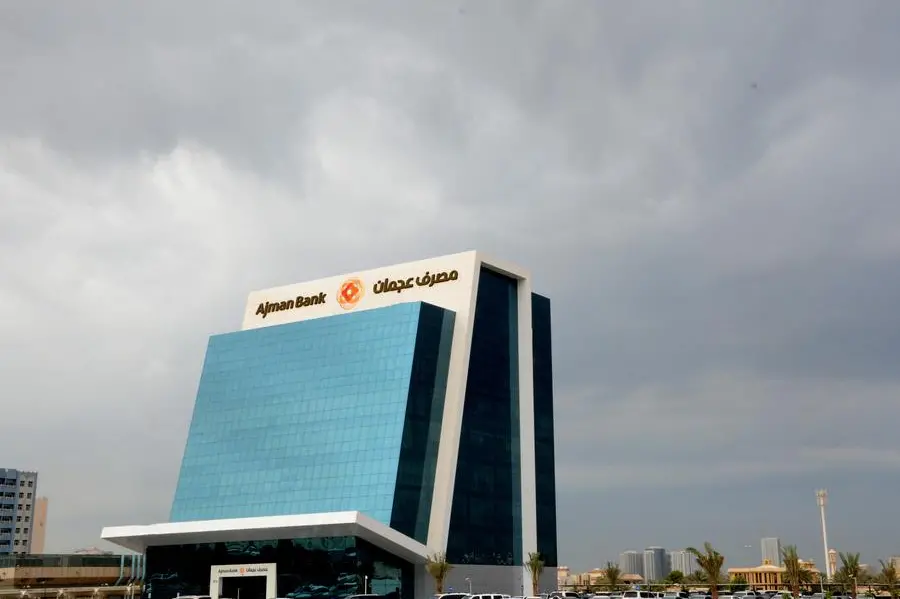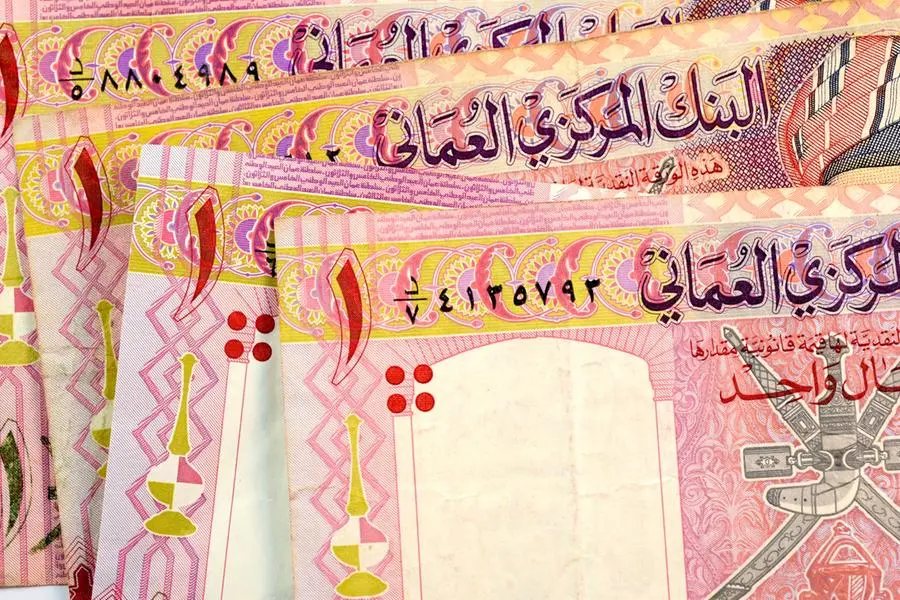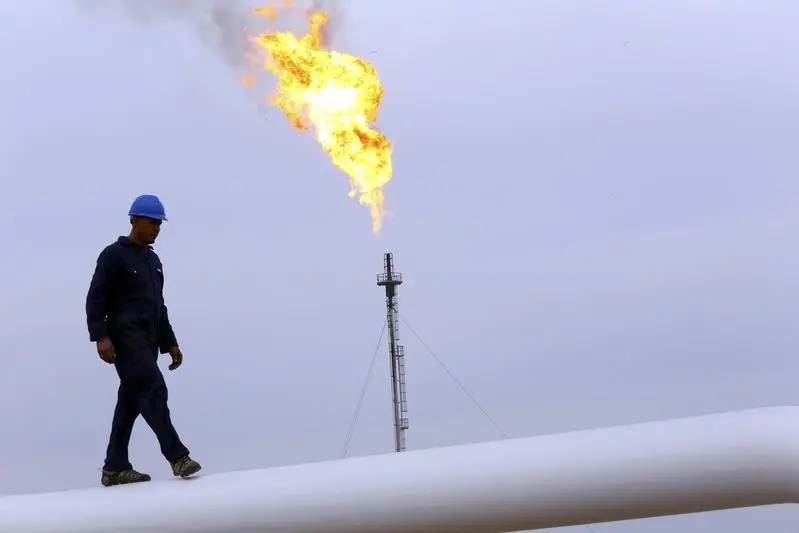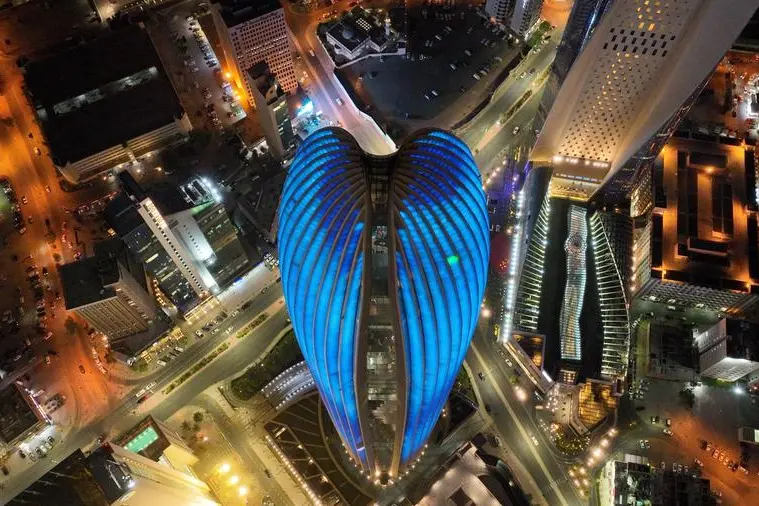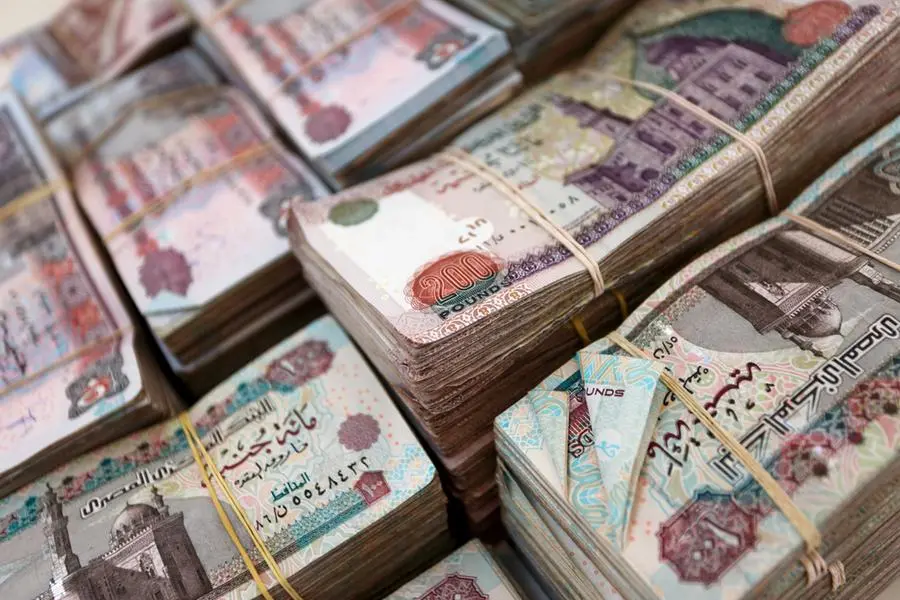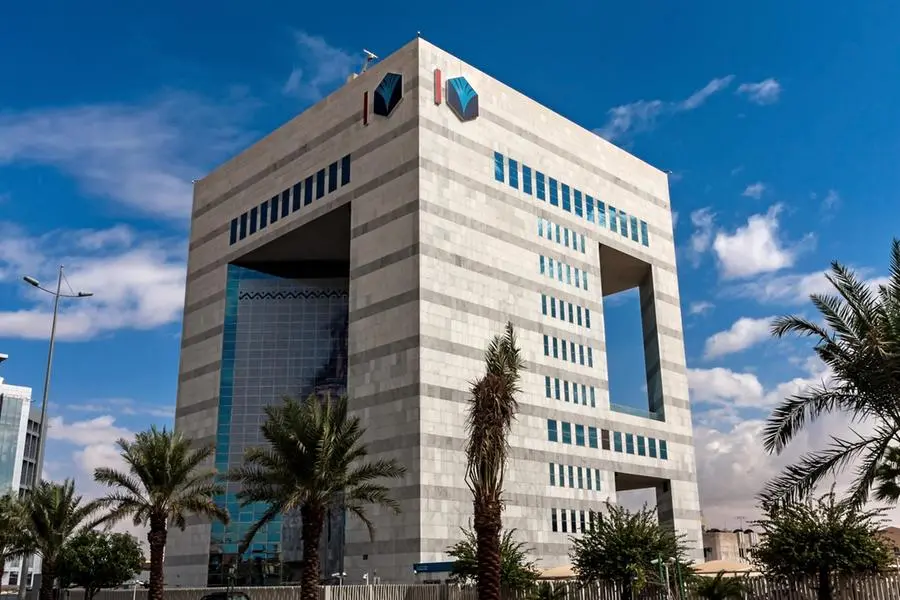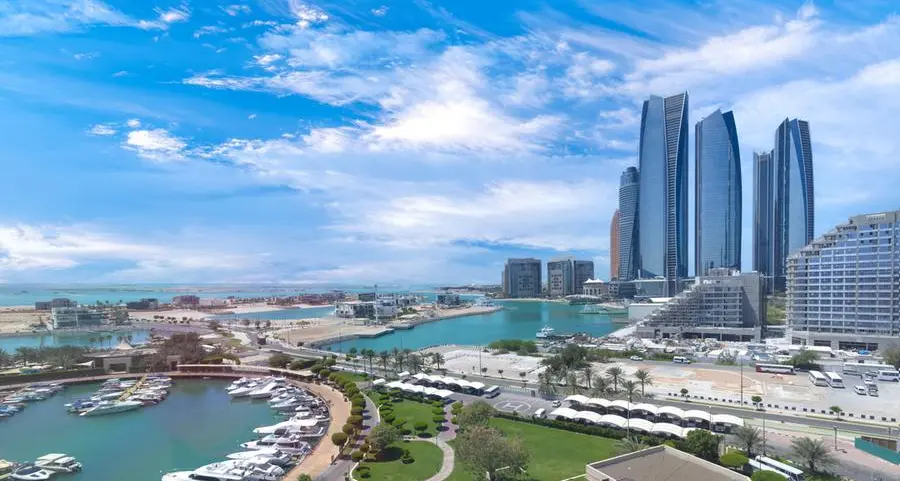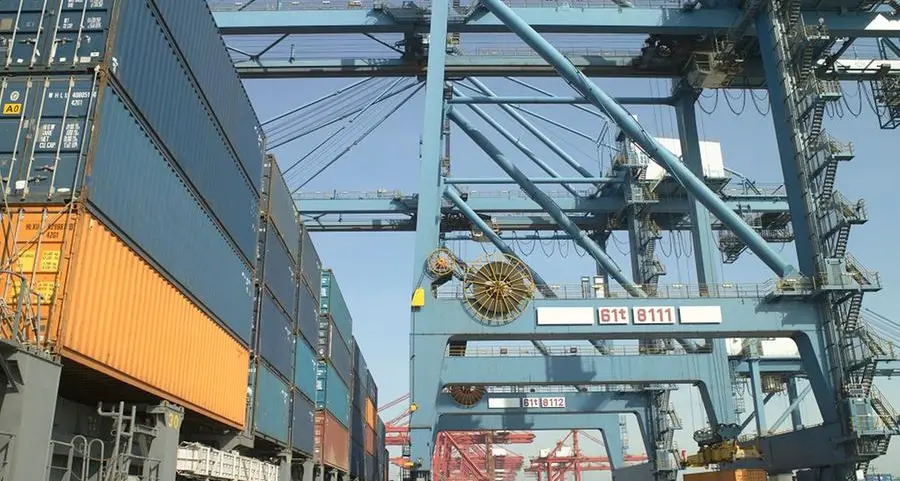PHOTO
The wealth of the Sultanate of Oman derives from thousands of these oil wells. Getty Images Image used for illustrative purpose
MUSCAT: International oil and gas firm Tethys Oil, currently ranked among largest players by acreage in Oman’s upstream hydrocarbon sector, recorded an output of 7,889 barrels per day (bpd) of oil – corresponding to its working interests – from its assets in 2024.
This compares with an output of 8,818 bpd in 2023, entailing a decline of 11 per cent attributable to severe weather conditions with heavy rain and floods that impacted production from its principal asset – Blocks 3&4 in eastern Oman. Tethys Oil has a 30 per cent interest in the adjoining blocks, which are operated by CC Energy Development (with a 50 per cent interest). Mitsui E&P Middle East is a 20 per cent equity partner.
Commenting on its strategy for Oman’s upstream sector, Swedish-based firm noted: “Tethys Oil focuses its value creation process on the high potential, yet underexplored, areas flanking the basins that currently constitute most of Oman’s oil production. So far, Tethys Oil’s main success story is Blocks 3&4, with 45.6 million barrels of oil produced for Tethys Oil and with continued significant exploration potential remaining,” it stated in its 2024 Annual & Sustainability Report.
Besides Blocks 3&4, Tethys Oil also has a 100 per cent operating interest in Block 49; 65 per cent operating interest in Block 56 (along with Medco, Biyaq and Intaq as equity partners), and 100 per cent operating interest in Block 58.
Significantly, 2024 was characterized by “high activity” across its Oman portfolio, with both exploration and production activities received equal focus. In Blocks 3&4, currently its main producing acreage, development and appraisal drilling focused on the Farha and Shahd fields. In all, 49 new development and appraisal wells were drilled across the two blocks last year.
A key highlight of 2024 was the successful launch of the second phase of the landmark ‘Gas-to-Power’ project in Blocks 3&4. “The aim of the project is to reduce routine flaring and the use of diesel generators by using the associated gas produced for power generation. In total, around 90 producing wells were connected to the power plant by the end of the year. The project led to an increase in gas utilisation by 630 per cent and a reduction in flaring by 10 per cent taking the Group closer to the World Bank’s goal of “Zero Routine Flaring by 2030”, Tethys Oil explained in its report.
Another notable achievement of the year was the formal declaration of Block 56 as ‘commercial’ following the approval of a Field Development Plan (FDP) by the Ministry of Energy and Energy setting out a strategy for unlocking the hydrocarbon resources of the block. The FDP outlines a roadmap for the development of three discoveries in the Eastern Flank area, as well as a plan to appraise and develop nearby leads and prospects. Following the FDP’s approval in November, Tethys Oil and its partners were awarded an extension of the Exploration & Production Sharing Agreement (EPSA) until 2044.
In Block 58, the drilling of the Kunooz-1 exploration well failed to confirm the presence of hydrocarbons during test. However, the well yielded “an increased understanding of the play’s prospectivity”, additional analysis and evaluation planned for 2025, said Tethys Oil.
Finally, the EPSA for Block 49 – currently in the second exploration phase – has been extended by the Ministry until December 2026.
2022 © All right reserved for Oman Establishment for Press, Publication and Advertising (OEPPA) Provided by SyndiGate Media Inc. (Syndigate.info).
